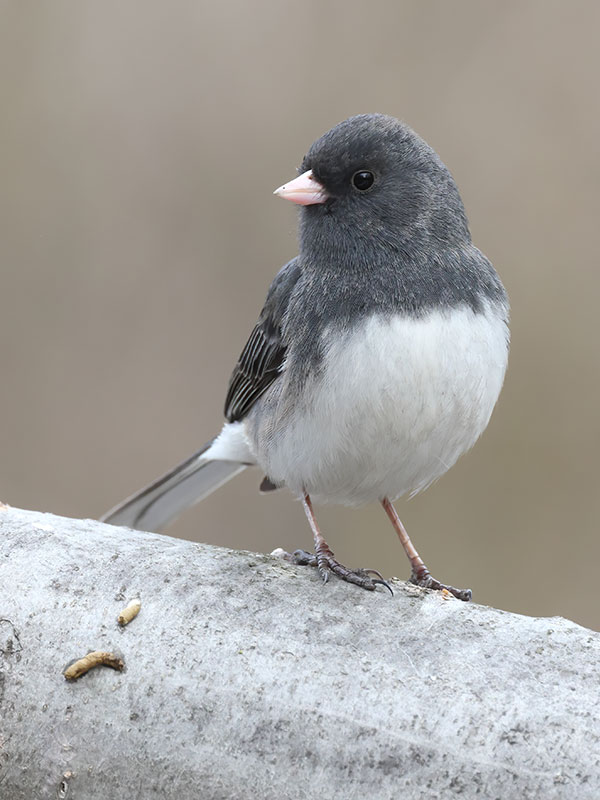When earth is seen by satellites, the world’s megalopolises shine brightly. It can be entertaining – if it were not so disturbing – to look at these images and see how readily you can pick out LA, San Francisco or Seattle. Some of this light keeps people feeling safe, and women in particular can feel more secure when the streets are lit.
But this light at night is posing alarming health risks to humans, being blamed for disrupted sleep, diabetes, cancer, etc. Workers with around-the-clock shiftwork are particularly vulnerable. And what of other beings? What about trees and wildlife? How are they affected by artificial light at night? Nature has always been dark at night and now it is not.
Biologists have shown that natural life is significantly affected by artificial light at night (ALAN). Tree buds in cities break earlier in the spring. Urban trees keep their leaves longer in the fall. Fireflies flashing to find mates are less successful under ALAN. Baby sea turtles lose their way on their first dash for the ocean. Life evolved under dark skies, and we are only now becoming aware of the consequences.
I study the impact of the artificially illuminated sky on the behavior and physiology of a songbird, the dark-eyed junco also known as the snowbird. It’s a small and handsome sparrow that visits bird feeders in winter.
I am currently asking whether ALAN influences how a junco knows when to migrate or when to breed. Most birds living in the temperate zone attend to daylength to time events like migration and reproduction. As the days grow longer in spring, migratory birds respond by laying on fat to fuel their migration north. Once there, they find mates, build nests and produce young that are cared for until independence. As the days shorten again, reproduction ends, and they return south.



